

Carvacrol or Antioxine is a natural monoterpenoid phenol primarily found in oregano oil and thyme. It is highly recognized for its antimicrobial, antioxidant, and anti-inflammatory properties. Carvacrol is used extensively in the food, pharmaceutical, and personal care industries for its flavoring, preservative, and therapeutic applications.


Carvacrol or Antioxine is a natural monoterpenoid phenol primarily found in oregano oil and thyme. It is highly recognized for its antimicrobial, antioxidant, and anti-inflammatory properties. Carvacrol is used extensively in the food, pharmaceutical, and personal care industries for its flavoring, preservative, and therapeutic applications.

.3d8f8f41.svg)
Flavors & Fragrances
.3556d45a.svg)

Fragrance Ingredients


Natural Phenolics & Bioactives
.7767eb0f.png)

Chemical Properties & Specifications
Found in oral care, skincare, and fragrances for its antibacterial properties.
Acts as a natural antimicrobial and anti-inflammatory agent.
Used as a flavoring agent in meats, condiments, and processed foods.
Used as a natural preservative in food processing and animal feed.
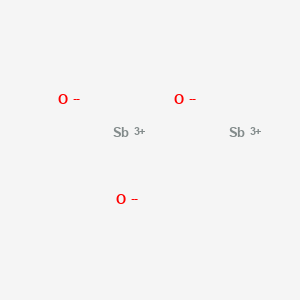
CAS No. : 1309-64-4
Category : Synergists & Smoke Suppressants
Sub-Category : Antimony-based synergists
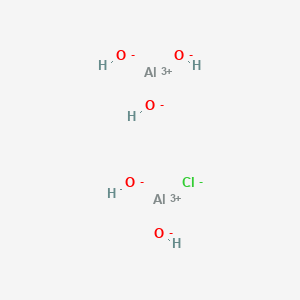
CAS No. : 1327-41-9
Category : Inorganic Chemicals
Sub-Category : Metal-Based Coagulants
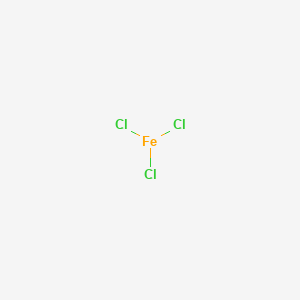
CAS No. : 7705-08-0
Category : Inorganic Chemicals
Sub-Category : Metal-Based Coagulants
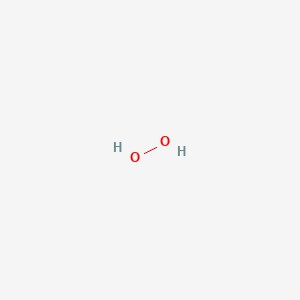
CAS No. : 7722-84-1
Category : Inorganic Chemicals
Sub-Category : Peroxides & Oxidizing Agents
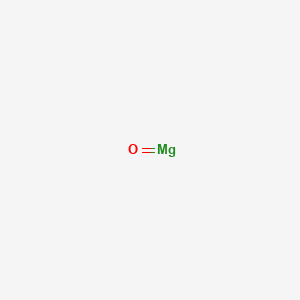
CAS No. : 1309-48-4
Category : Pharmaceutical Actives & Precursors
Sub-Category : Active Pharmaceutical Ingredients (APIs)
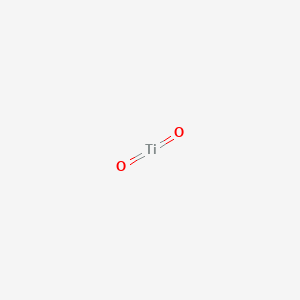
CAS No. : 13463-67-7
Category : Pigments & Colorants
Sub-Category : Inorganic Pigments
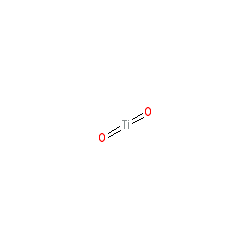
CAS No. : 13463-67-7
Category : Pigments & Colorants
Sub-Category : Inorganic Pigments
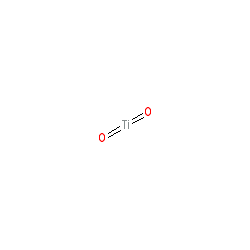
CAS No. : 13463-67-7
Category : Pigments & Colorants
Sub-Category : Inorganic Pigments
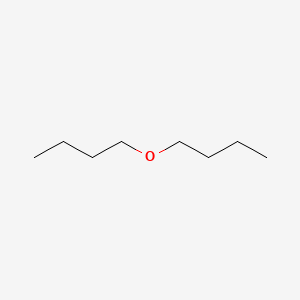
CAS No. : 142-96-1
Category : Solvents & Carriers
Sub-Category : Ethers & Ether-Based Solvents
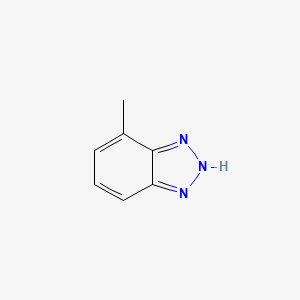
CAS No. : 29385-43-1
Category : Specialty Polymers & Additives
Sub-Category : Corrosion Inhibitor Additives

CAS No. : 25322-69-4
Category : Specialty Polymers & Additives
Sub-Category : Polyether Polyols
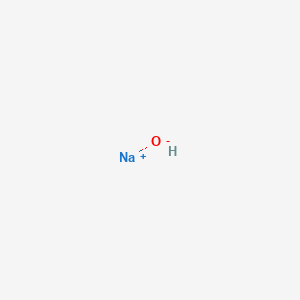
CAS No. : 1310-73-2
Category : Food Ingredients
Sub-Category : Acidulants & Acidity Regulators

CAS No. : 78-93-3
Category : Base Chemicals & Intermediates
Sub-Category : Ketones & Solvents
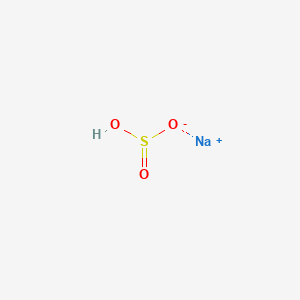
CAS No. : 7631-90-5
Category : Food Ingredients
Sub-Category : Sulfur-Based Compounds
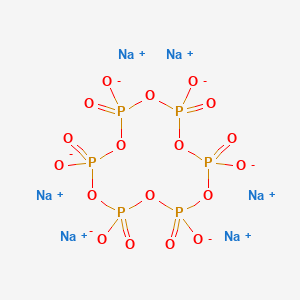
CAS No. : 10124-56-8
Category : Inorganic Chemicals
Sub-Category : Phosphate Compounds
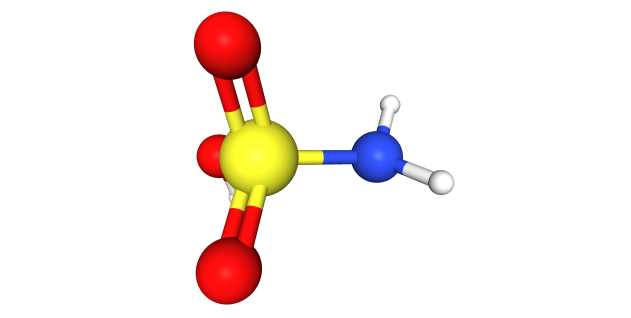
CAS No. : 5329-14-6
Category : Inorganic Chemicals
Sub-Category : Acid Derivatives

CAS No. : 100-44-7
Category : Organic Intermediates
Sub-Category : Chlorinated Aromatic Compounds
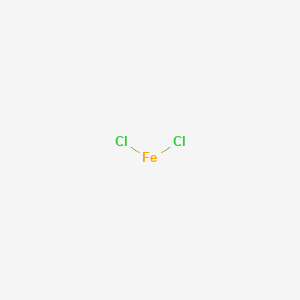
CAS No. : 7758-94-3
Category : Inorganic Chemicals
Sub-Category : N/A

CAS No. : 1314-13-2
Category : Plant Health, Nutrients & Soil Management
Sub-Category : Zinc-Based Functional Additives
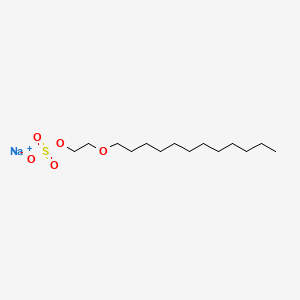
CAS No. : 9004-82-4
Category : Surfactants
Sub-Category : Anionic (Ether sulfates)
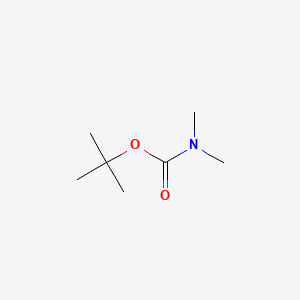
CAS No. : 61788-93-0
Category : Surfactants & Emulsifiers
Sub-Category : Fatty Amines

CAS No. : 7647-01-0
Category : Inorganic Acids
Sub-Category : Mineral Acids
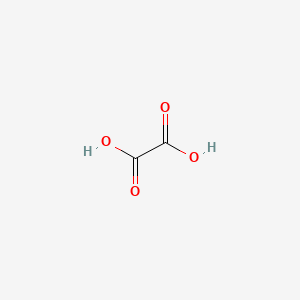
CAS No. : 144-62-7
Category : Organic Acid Derivatives
Sub-Category : Dicarboxylic Acids
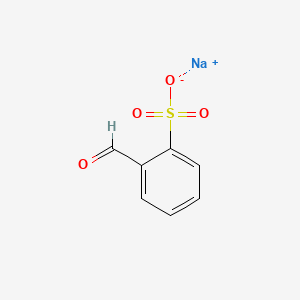
CAS No. : 17465-11-3
Category : Organic Intermediates
Sub-Category : Aromatic Sulfonates
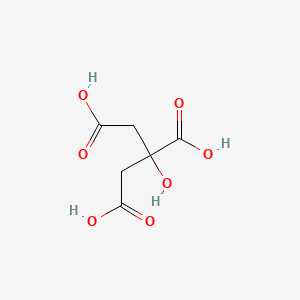
CAS No. : 77-92-9
Category : Food Ingredients
Sub-Category : Flavor Enhancers
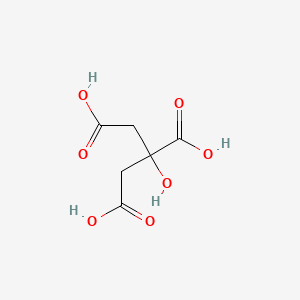
CAS No. : 77-92-9
Category : Food Ingredients
Sub-Category : Flavor Enhancers
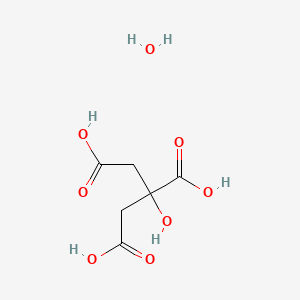
CAS No. : 5949-29-1
Category : Food Ingredients
Sub-Category : Flavor Enhancers

CAS No. : 7631-90-5
Category : Food Ingredients
Sub-Category : Sulfur-Based Compounds

CAS No. : 10124-56-8
Category : Inorganic Chemicals
Sub-Category : Phosphate Compounds
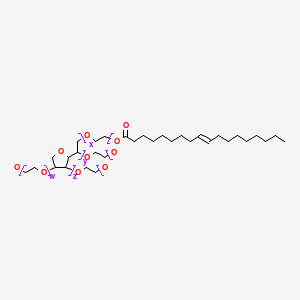
CAS No. : 9005-65-6
Category : Surfactants & Emulsifiers
Sub-Category : Functional Emulsifiers
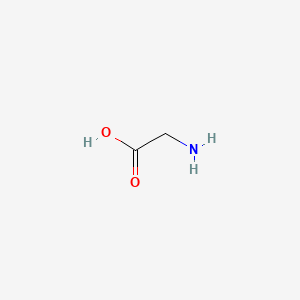
CAS No. : 56-40-6
Category : Nutraceutical Ingredients
Sub-Category : Amino Acids & Proteins
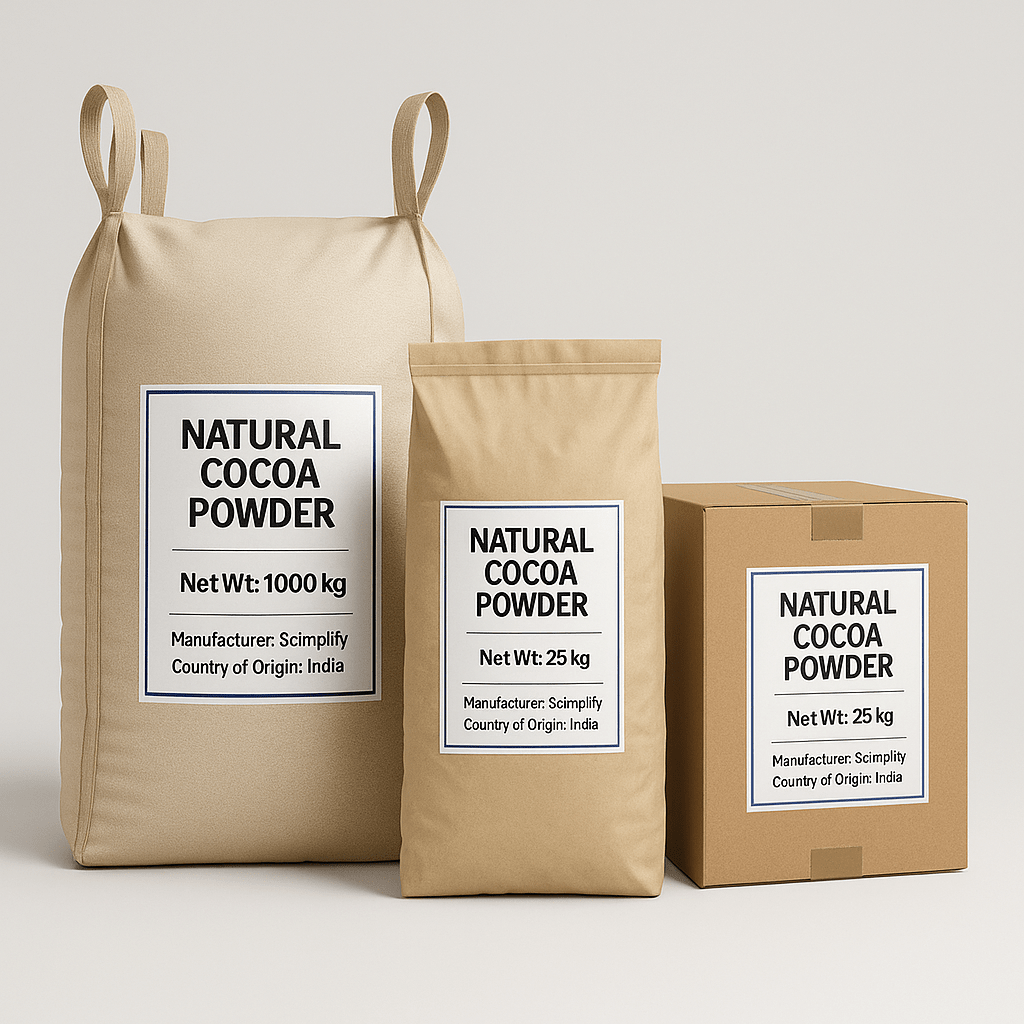
CAS No. : 84649-99-0
Category : Food Ingredients
Sub-Category : Cocoa & Chocolate Derivatives

CAS No. : 5182-36-5
Category : Fragrance Ingredients
Sub-Category : Aroma Chemicals
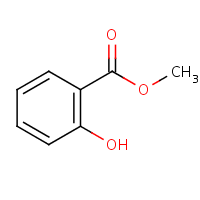
CAS No. : 119-36-8
Category : Fragrance Ingredients
Sub-Category : Aromatic Esters